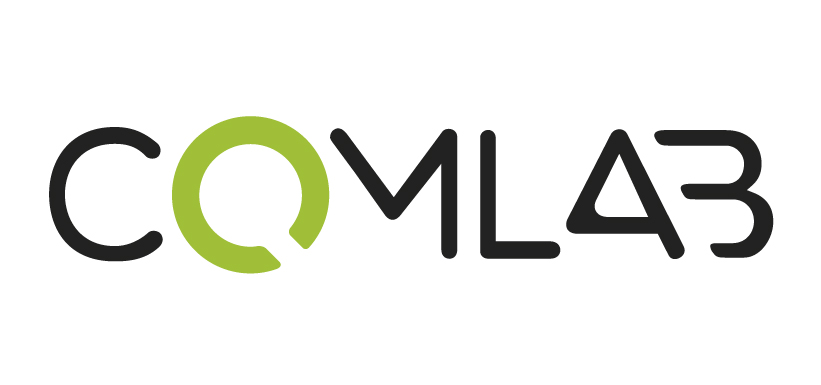In the last few years the packaging industry underwent several significant trasformations, driven by a number of several key factors. First and foremost, people are increasingly environmentally aware, so many companies resolved to use more sustainable materials, cutting down on non-recyclable plastics in favour of recycled or biodegradable alternatives. This led to an increased use of paper, cardboard and other materials of vegetable origin, as well as to novel approaches like water-soluble or even edible packaging materials.
Some key reasons for change
Technological evolution certainly played a major role. For example, digital printing makes custom packaging easier and faster, thereby offering companies novel creative opportunities to stand out.
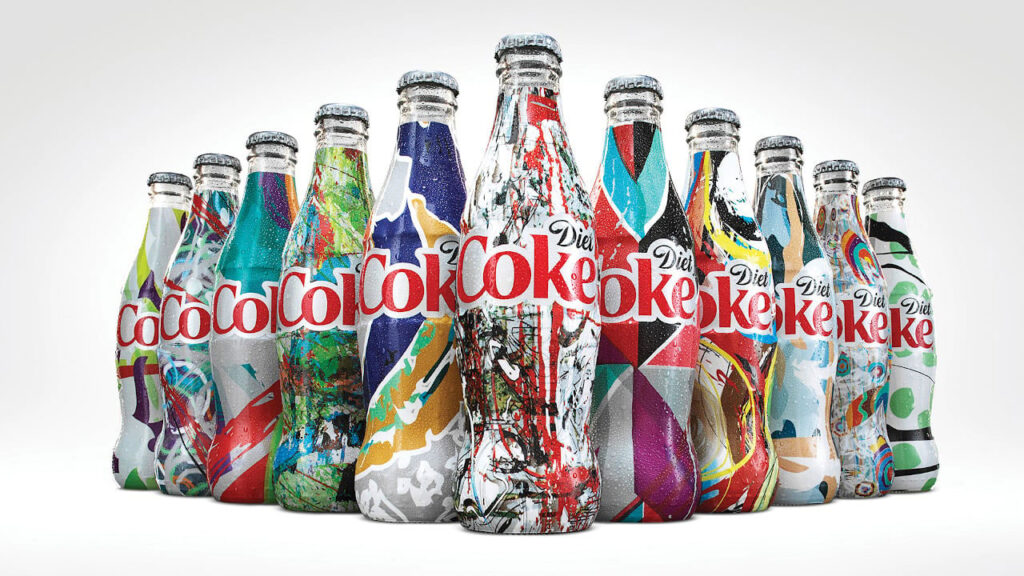
VDP, digital printing using variable data. (www.oppaca.com)
E-commerce brought about a marked shift in the packaging design industry. A large growth in online sales led to a much greater demand for a kind of packaging designed to protect the products being shipped while at the same time keeping size and costs as low as possible, since they both adversely affect shipping charges.
So “brand awareness through proper packaging” has become even more relevant: a peculiar and easily recognizable packaging is definitely a key element for both corporate identity and brand positioning. Additionally, the changes the world of packaging underwent during the last few years are undoubtedly connected with the quest for more customized, functional and sustainable solutions.
The unboxing experience
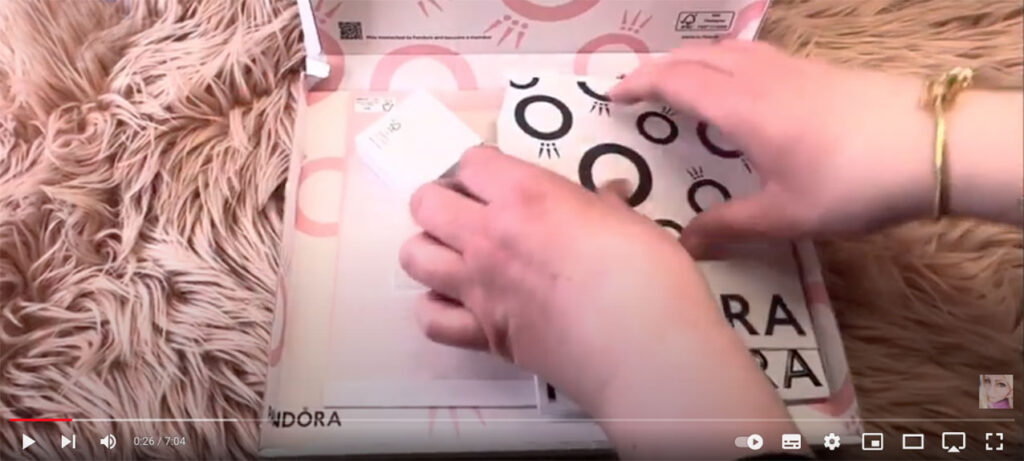
A captivating packaging has a fundamental role in improving the so-called unboxing experience, that is, unpacking the package. In our age, dominated by social networks, opening a package often becomes a sort of ritual, shared online with friends, a “magical” moment when you unveil the object of your desire, that is, the contents. This explains why the container contributes a substantial share of what we may call the perceived value of the product it contains; actually, the container, rather than the content, is sometimes what motivates people to complete a purchase.
Well, but how exactly can we lure consumers?
With an aesthetically pleasing packaging, you start off on the right foot, namely, you will be able to build on a positive first impression. Bright colours, a novel design, high-quality materials can elicit favourable emotions, such as excitement and expectation, thus making the unboxing experience even more pleasant; this is particulary important when selling luxury items or special editions, since in this case first-class packaging will help suggest the image of a stylish brand.
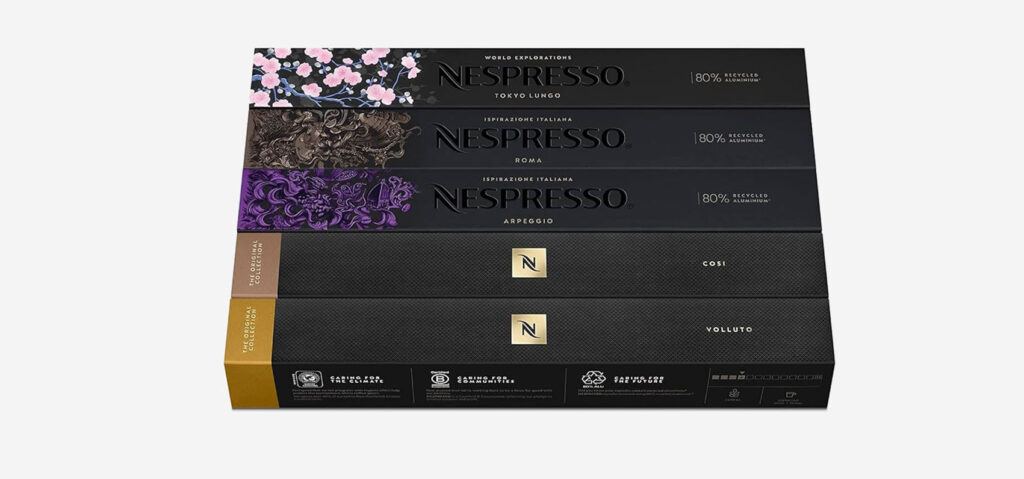
Moreover, a properly conceived packaging can narrate the history of your brand and convey its values. Such elements as distinctive logotypes, theme graphics and tailored messages may add a further level of customization and establish an emotional connection which is likely to strengthen brand loyalty.
The functional aspect of packaging is just as vital. An intuitive, easily opened box, combined with advanced solutions designed to shelter its contents during the freight transport stage, can improve your users’ experience as it shows that you are indeed paying close attention to their needs.
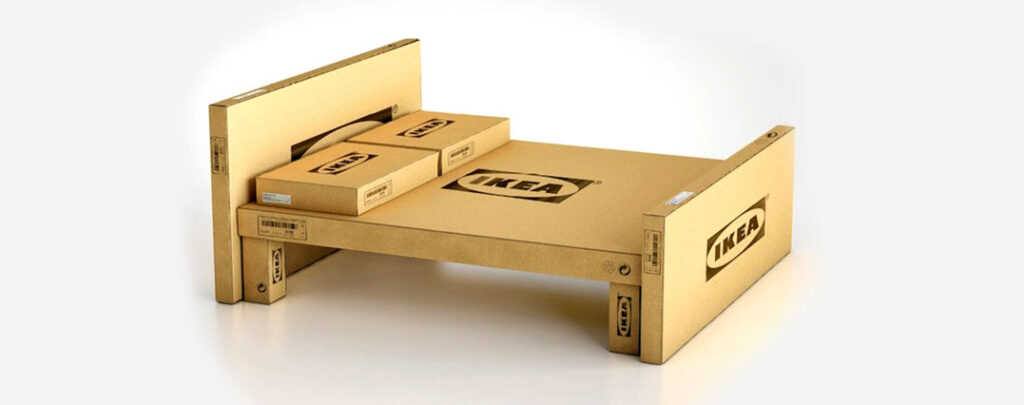
We all know the Ikea flat-packs to transport the furniture dismantled in a streamlined and light.
Last but not least, sustainability is appreciated by an ever increasing number of consumers. An environment-friendly packaging is evidence of your environmental awareness and may lead consumers to appreciate your brand more than before.
Therefore, packaging becomes more than a plain container for a product: it is also an effective instrument to improve the way your products are perceived as well as the buyer’s purchasing experience.
Hundreds of options are available on the market, so being able to winnow your choices down to those that shall add value to your brand while enhancing consumer experience is paramount. We are—but what about you?

